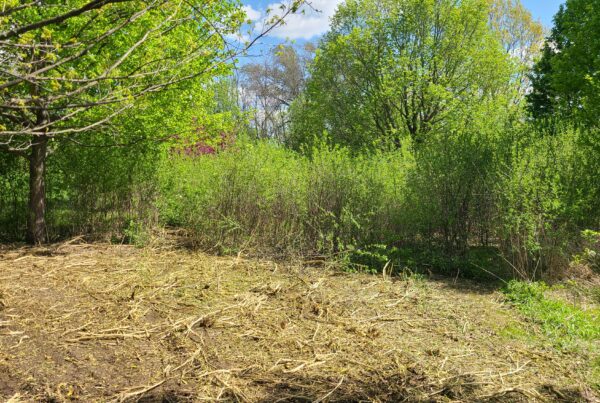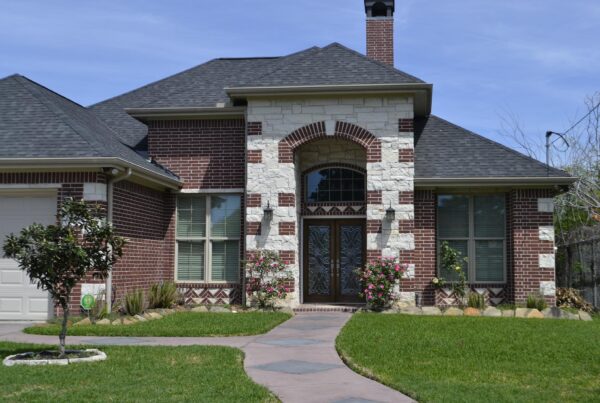Tree failures are one of the most dangerous consequences of severe weather in Wisconsin. Hazardous trees can be a risk to human life and personal property.
Many of these hazards, however, can be mitigated by having an arborist provide periodic care and maintenance. There are many factors that contribute to whole or partial tree failures such as compromised root systems, internal wood decay, and weak branch unions.
Preparing for disastrous weather needs to happen before the storm season is here. So, take a few minutes to look for these potential warning signs.
Tree Inspection Checklist
- Mushrooms or fungal conks growing on or near the tree base
- Dead or dying limbs high in the tree canopy
- Cracked stems or limbs
- Hollow or decaying trunks and root collars
- Utility wires in contact with tree branches
- V-shaped branch and stem unions (Open U-shaped ones are less likely to fail)
Just because your trees survived past storms doesn’t mean they will not fall the next time Mother Nature’s wrath arrives at your front door. Trees – like humans – are living organisms that change over time and need routine care.
How can you help prevent these vulnerabilities in your yard?
Right tree, right place
Consult with an arborist to determine the best and most resilient trees for your location. Avoid planting trees that are predisposed to failing due to their growth characteristics.
Proper tree maintenance
Hire a professional arborist to prune, brace, or cable trees to help reduce the potential for failure.
Plant Health Care (PHC)
ATE’s year-round tree health program includes a customized treatment plan and routine pest/disease applications to keep trees healthy and strong.
Contact ATE for more information or to set up a professional tree evaluation.




